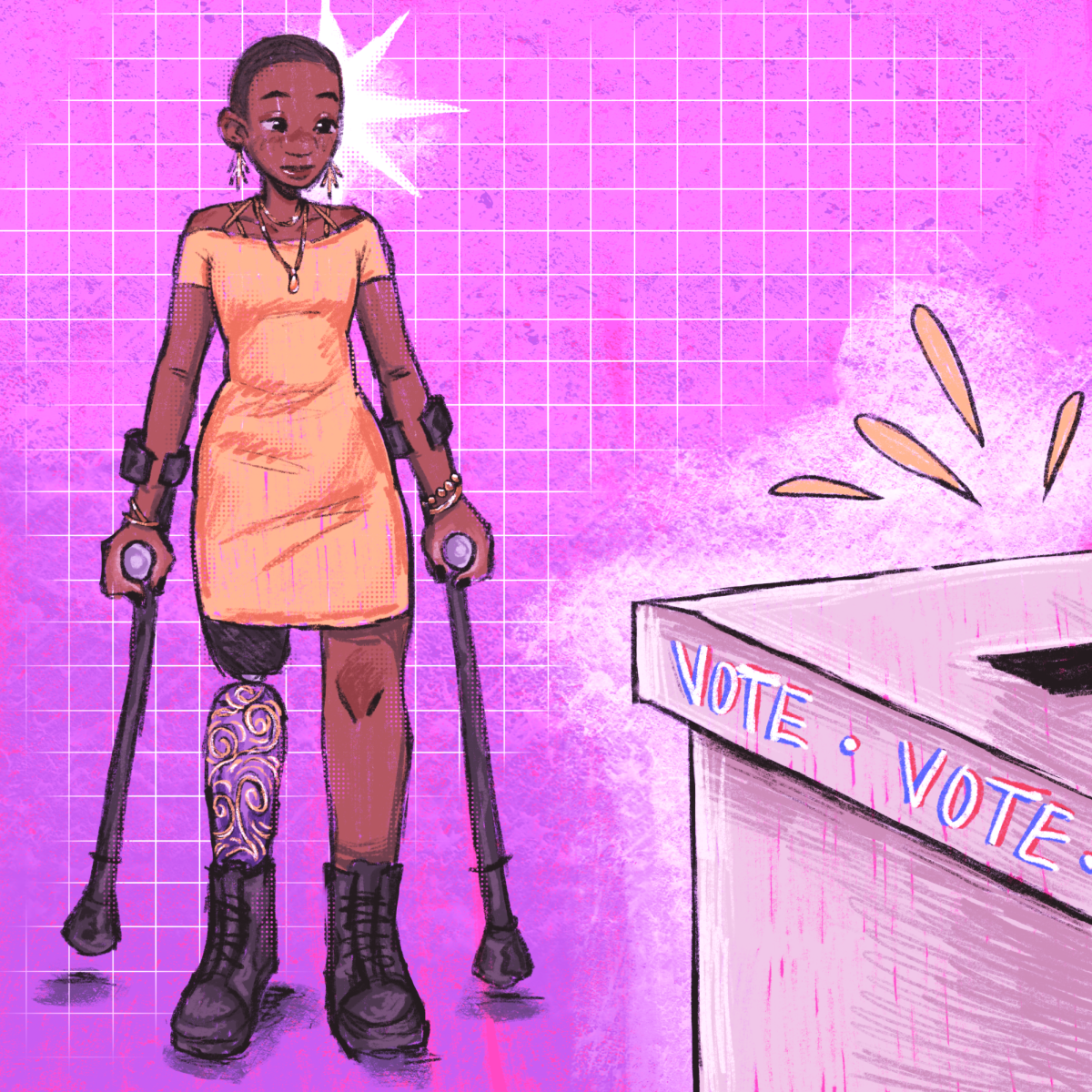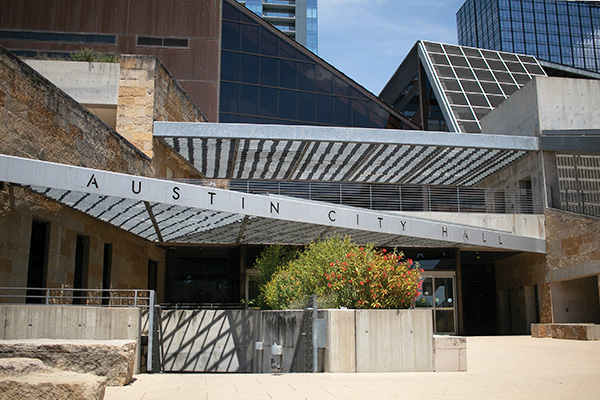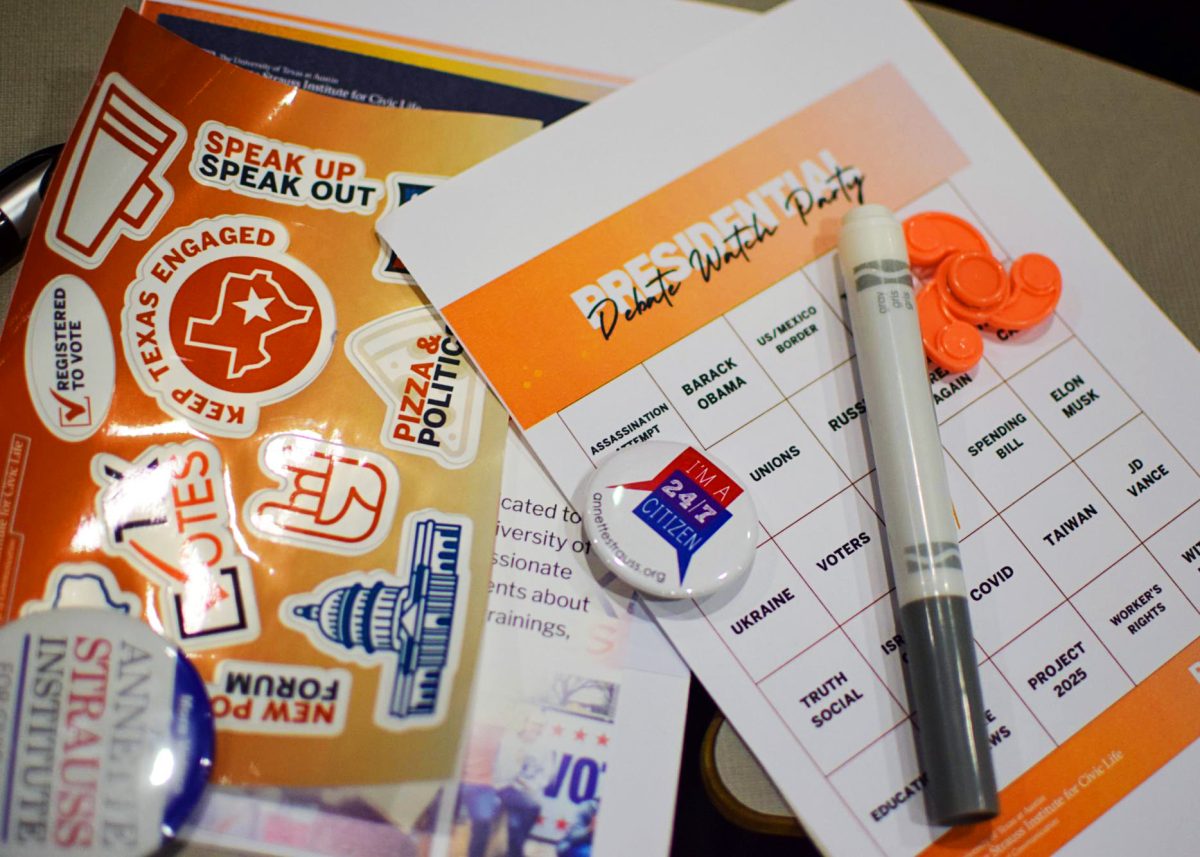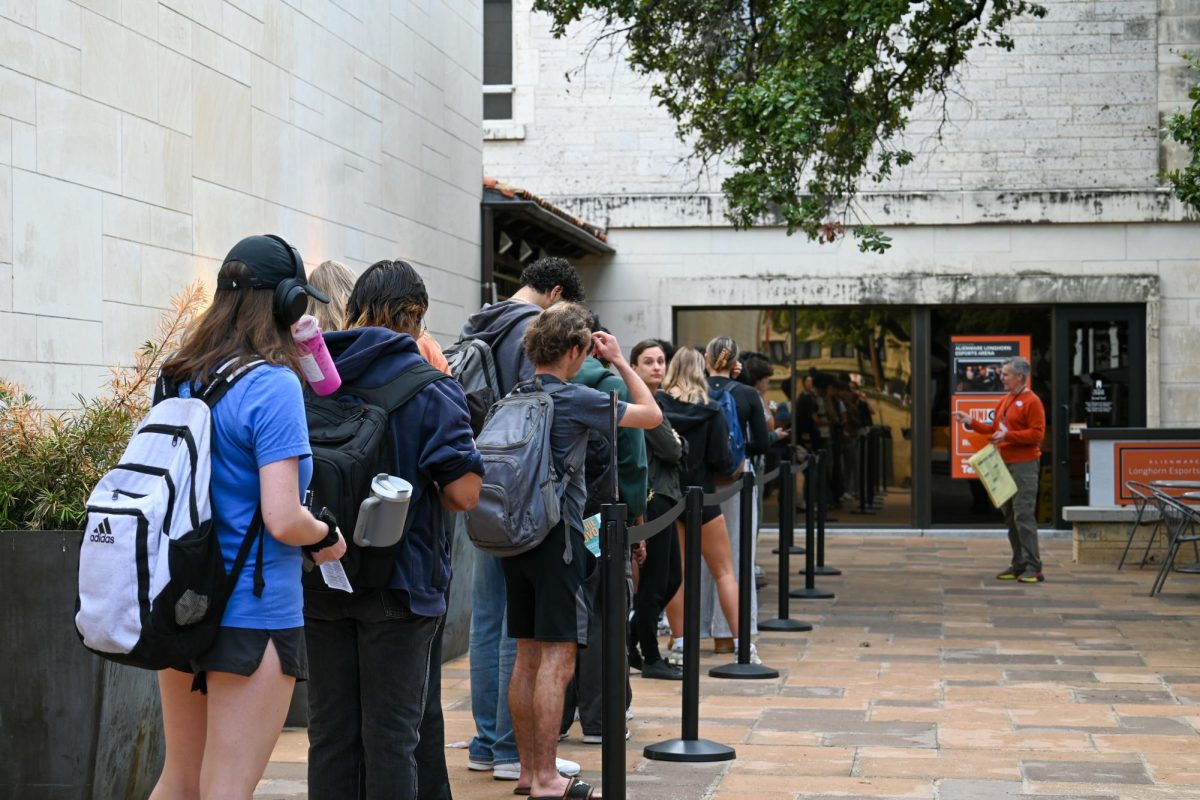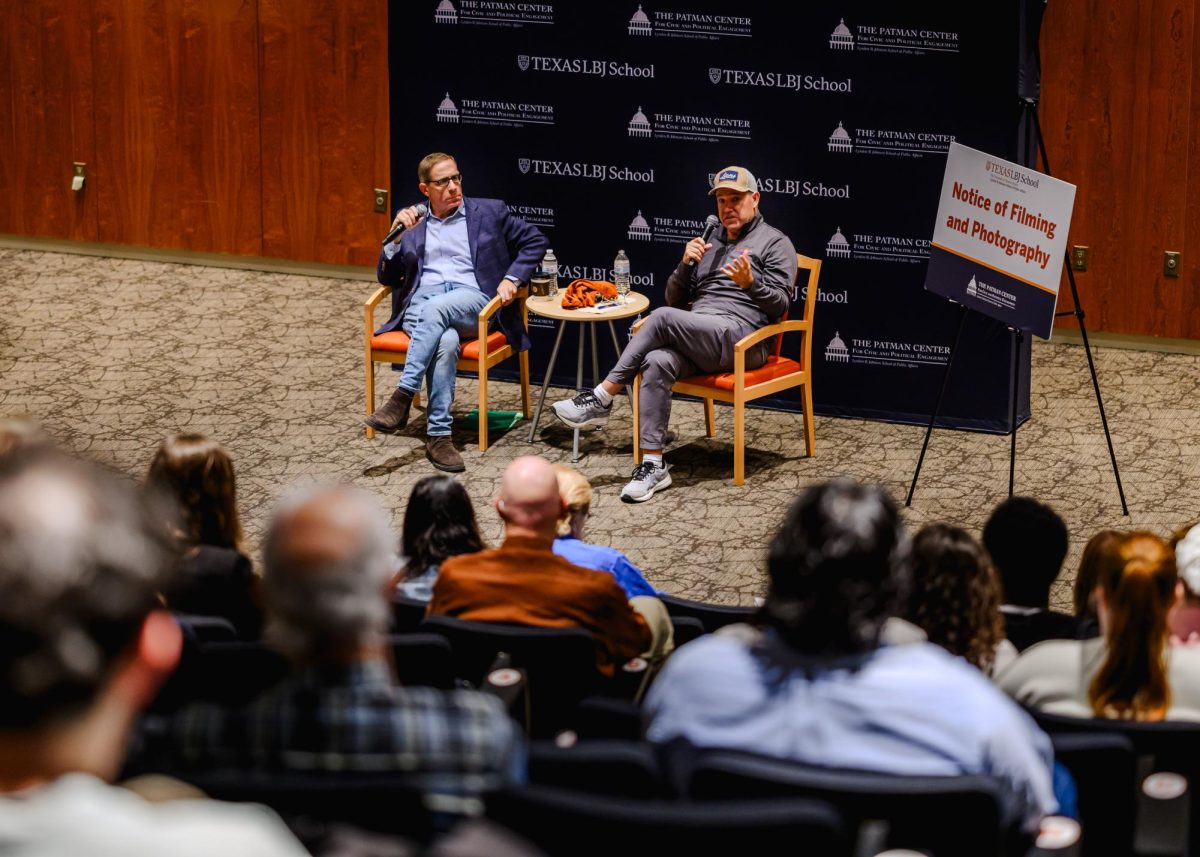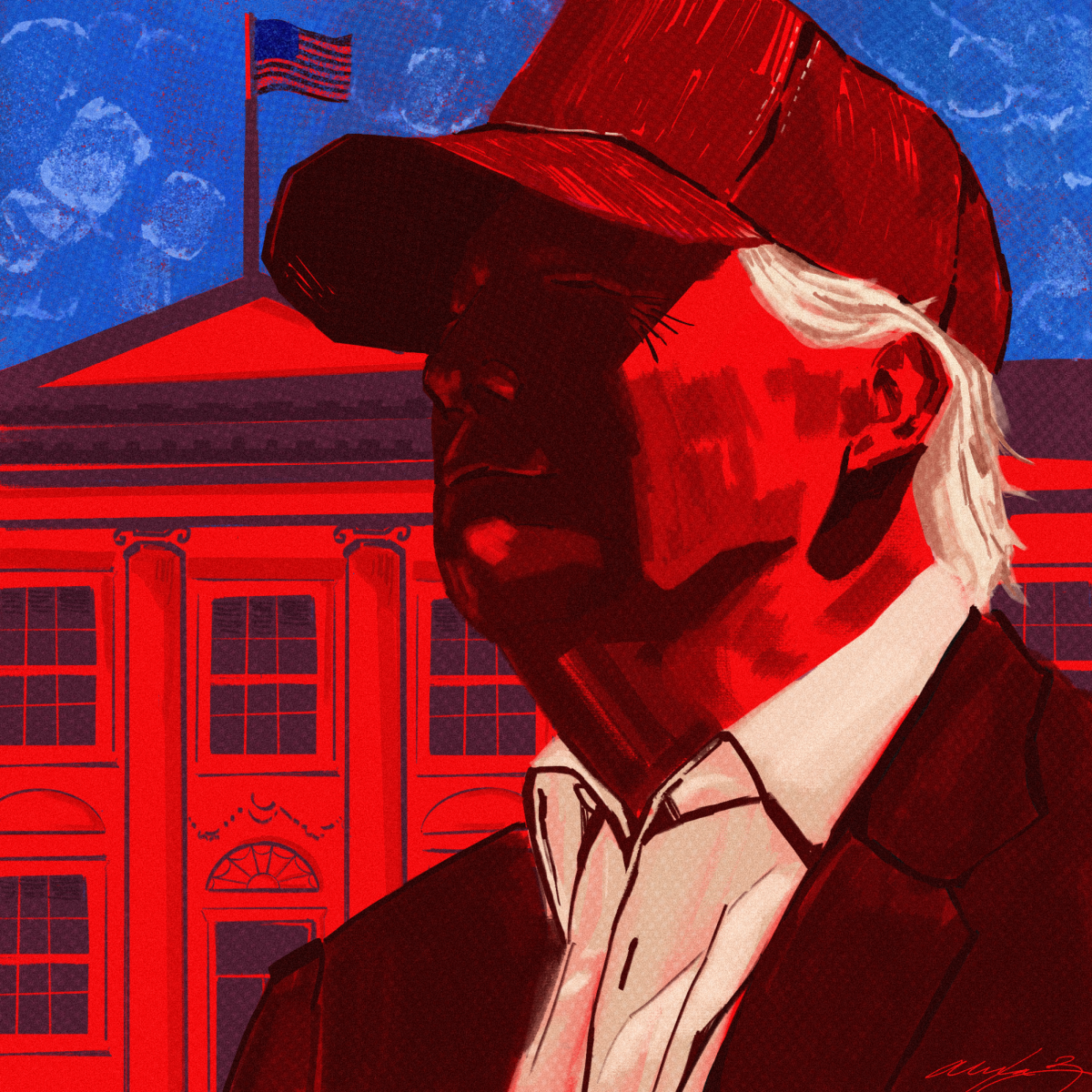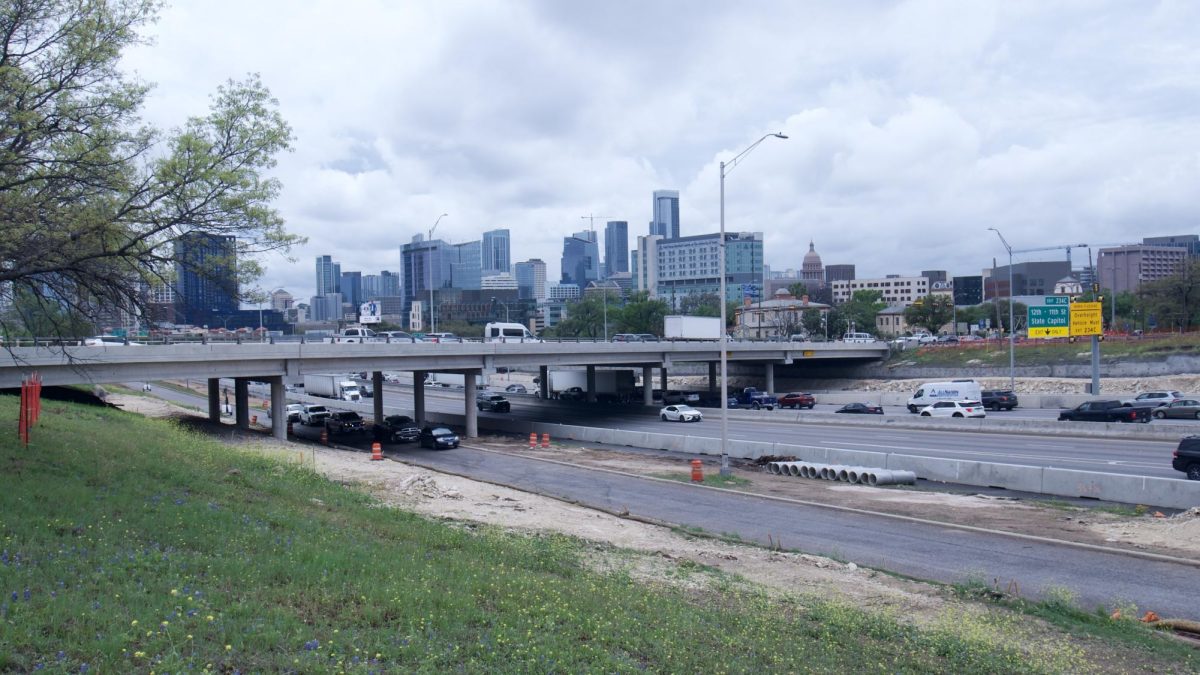With Election Day approaching on Nov. 5, voters with disabilities are raising concerns about voting accessibility and offering suggestions to make polling locations and the voting process more accessible.
According to a 2021 study from the U.S Election Assistance Commission, about 11% of voters with disabilities had some form of difficulty voting in the 2020 election, and people with disabilities had a 7% lower turnout rate than people without disabilities of the same age.
Sashi Nisankarao, an attorney for Disability Rights Texas, said per Texas state law, people who have a disability have the right to vote by mail and every polling location must have curbside voting available. According to the Help America Vote Act, every polling location is required to have at least one accessible voting machine with audio and tactile capabilities so people who are blind, have learning disabilities or mobility or dexterity issues can still navigate a ballot privately.
“A lot of times people think that if they can’t leave their house, that they cannot vote,” Nisankarao said. “They need to know about voting by mail, absentee voting.”
Isabella Candanosa, an audiology graduate student and a wheelchair user, said she had an easier time voting this election cycle because she learned people with disabilities could skip the line at the polls. She said previous voting lines at the Peter T. Flawn Academic Center wrapped around the building, and sometimes the line would extend to inaccessible areas.
“It (was) a little bit weird because I didn’t know what was going on,” Candanosa said. “I didn’t know what my rights were and what accommodations I was allowed to have.”
Social work senior Fabiola Amaya, who uses a wheelchair, was allotted about two hours for voting. Amaya said with her disability, she could not reach the machines and tried using an accessible controller in a previous election. However, she said the buttons were difficult to use and someone had to assist her with voting. According to VoteTexas, people with disabilities can receive assistance filling out their ballot, but assistants must take an oath pledging to not influence the individual’s vote.
“Even the poll workers didn’t know, because I was right by the front, and they were kind of ignoring me, and still having people from the line come over,” Amaya said. “I was like, ‘Hey, my friend and I are allowed to skip the line.’”
Candanosa said she wished there was clear signage about services available for disabled people at the polls. She said she has a genetic condition that has caused progressive losses of mobility, hearing and vision.
“I wish this information was more well known, (to) poll workers so they know (more) of the policies and procedures,” Candanosa said. “If somebody needs an accommodation related to the technology, like in my case, setting the screen to a larger text size, that (poll workers) would be able to do that efficiently and be able to troubleshoot any problems.”
Having a polling location at the Texas Union on campus makes voting accessible, although the FAC was more accessible, Amaya said.
“I’m really fortunate that the ones on campus are (accessible), but I know that that’s definitely the biggest barrier for disabled people voting, that they can’t physically access the locations,” Amaya said. “More education, in general, for everyone, (would help). Like, poll workers should be trained knowing what accommodations disabled people have with voting.”

